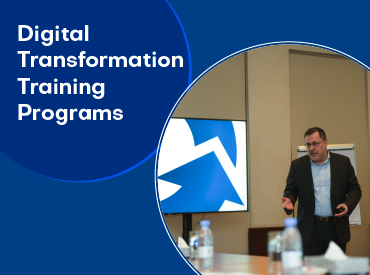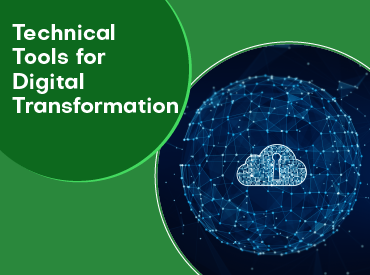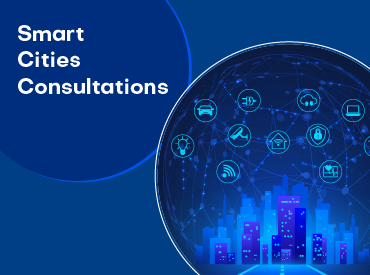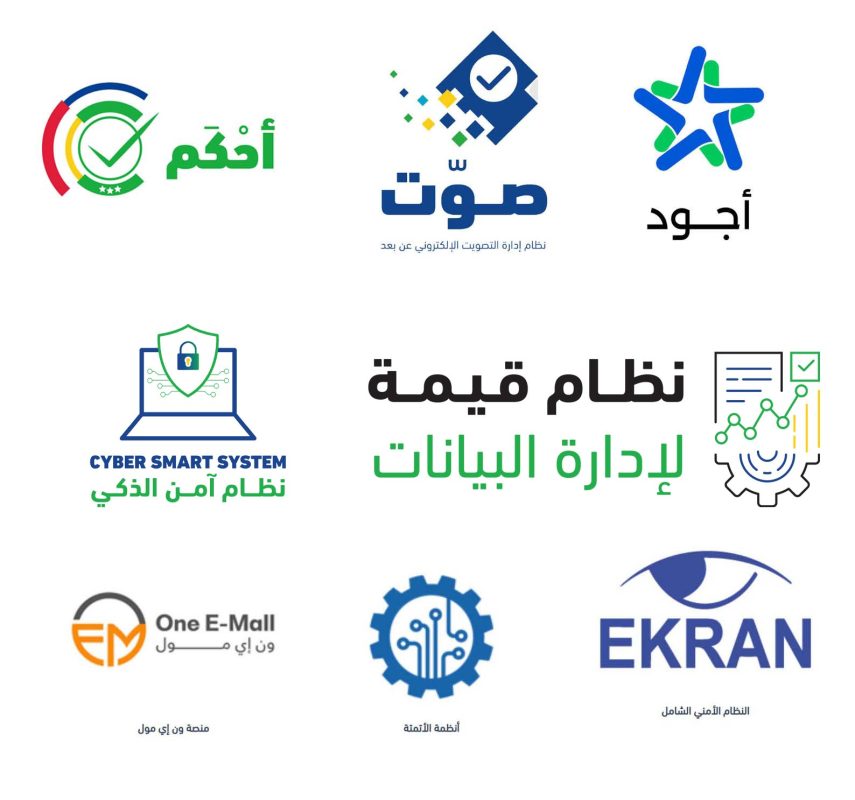Did you know that 91 per cent of cyber threats start as phishing attacks? Users open emails from unknown sources without realizing it is a fraud and accidentally expose their systems to database or root group injections, ransomware, and personally-identifying information theft. Exerting some awareness goes a long way in preventing this problem. Share some easy to implement tips with your employees.
Instead of blasting your budget on “SIEM” which stands for “Security information and event management software”, it is easier to install an active threat detection program that runs in the system background. Use active protection to fulfil three fundamental orientations, including:
- Right monitoring of open applications in real-time.
- Create active network firewalls.
- Record every event in a central dashboard in order and according to the event date, time and computer.
In this way, you implement an effective and passive approach to detecting and preventing cyber-attack threats in business environments.
Times change, and so do digital threats. Therefore, even an organization that spends tens of thousands of dollars every month on homeland security is not immune to interference. But does this mean that you give up and give in digital attacks? No! Instead, create an incident response plan, preferably one that enables you to hold off cyber-attacks quickly.
You need to upgrade your security software to the latest versions and get rid of any software that you do not use in the workplace. Update applications, security software, the mobile operating system, and web browsers on any device connected to the Internet. These updates offer an added layer of protection against growing threats such as spyware, adware, ransomware, computer viruses, and more.
If your IT service provider provides BYOD security “Bring Your Own Device”, they can show what error you do. Besides, if you have downloaded an application for a specific purpose and you no longer need it, the best practice is to remove the program from your mobile device. Not only does this free up space, but it makes the system less vulnerable also.

















